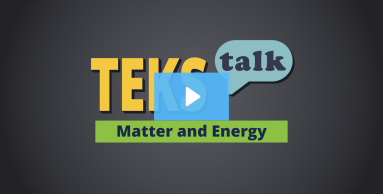
Knowledge and Skills Statement
The further explanation is designed to be a resource for educators that helps them better understand the topic their students are learning. Further explanations may be written at a more complex level than would be expected for students at the grade level.
Matter can be understood in terms of the types of particles present and the interactions both between and within them. The states (i.e., solid, liquid, gas, or plasma), properties (e.g., hardness, conductivity), and reactions (both physical and chemical) of matter can be described and predicted based on the types, interactions, and motions of the atoms within it.
Research
Yakmaci-Guzel, Buket, and Emine Adadan. "Use of Multiple Representations in Developing Preservice Chemistry Teachers' Understanding of the Structure of Matter." International Journal of Environmental and Science Education 8, no. 1 (2013): 109-130. https://files.eric.ed.gov/fulltext/EJ1008597.pdf.
Summary: Using a study on preservice chemistry teachers, the article "Use of Multiple Representations in Developing Preservice Chemistry Teachers' Understanding of the Structure of Matter" helps clarify what constitutes a homogeneous and heterogeneous mixture. Understanding is developed through a hands-on activity using paper clips to represent particles of elements, compounds, and mixtures.
